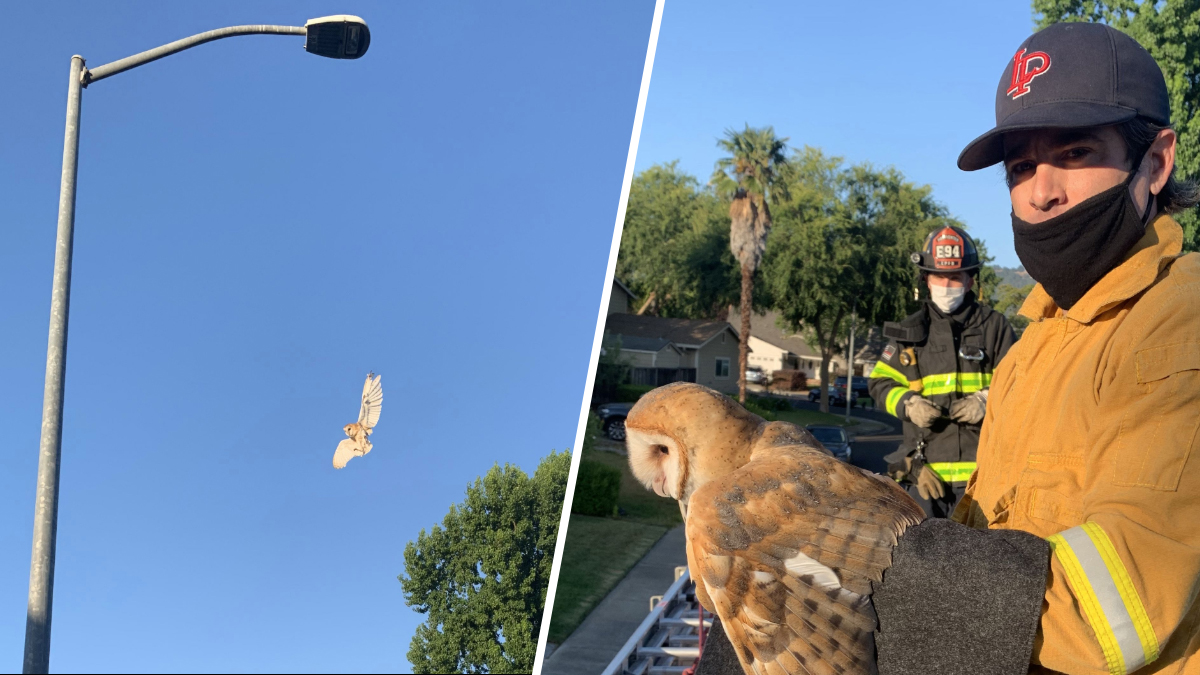
Learn about the different types of birds and their personalities and attention needs before you bring one home.Identify a local veterinarian who has experience with pet birds (an avian veterinarian) to help you keep your bird healthy.Many governments have ordinances against certain pets because of noise, size, or public health risk. Check your state, local, and property laws before adopting or purchasing a pet bird.Less commonly, people report symptoms that begin after 14 days. Symptoms usually start 5-14 days after exposure. Symptoms in people: People who get sick with psittacosis might have fever, chills, headache, muscle aches, difficulty breathing, and a dry cough. If they do have symptoms, they can include poor appetite, discharge from the eyes or nose, diarrhea or loose droppings, green urates (the white part of their droppings), or breathing difficulty, among others.

Signs in birds: Infected birds may or may not show symptoms. People who have contact with birds (such as bird owners and those who work with birds) are at increased risk.

Who is at risk: Anyone who is exposed to the bacteria can get psittacosis, but it is more commonly reported among adults. Less commonly, birds infect people through bites and beak-to-mouth contact. How it spreads: People most commonly get psittacosis by breathing in dust from droppings or respiratory secretions of infected birds. When birds are infected, veterinarians call the disease avian chlamydiosis.

People most commonly get psittacosis after exposure to pet birds, like parrots and cockatiels, and poultry, like turkeys or ducks. Psittacosis is a disease caused by bacteria ( Chylamydia psittaci) spread through the droppings and respiratory secretions of infected birds.


 0 kommentar(er)
0 kommentar(er)
